Why Relationships Are More Important Than Ever
Cautious lenders and equity investors are venturing into the market alongside sponsors that they know and trust, says Shlomi Ronen of Dekel Capital.
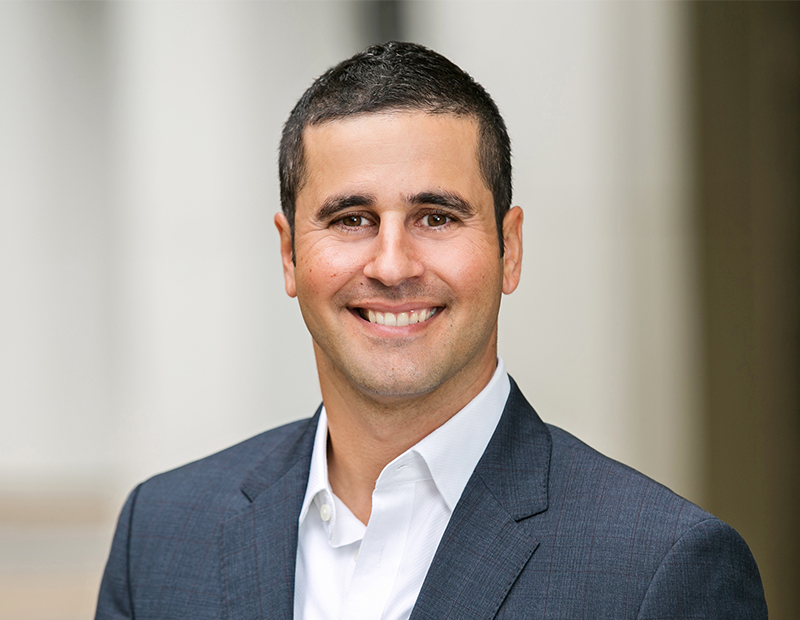
Shlomi Ronen
The commercial real estate industry continues to face challenges as the pandemic has accelerated trends, such as Internet shopping, and given rise to regulations, such as eviction moratoriums, that have hampered real estate owners’ ability to manage their properties. Given the uncertainty that this has precipitated, lenders, especially banks, have retreated or greatly limited their loan originations. As a result, construction and bridge lending have been especially constrained.
As we start to see lenders resume loan originations, they are doing so for their relationship borrowers. In times like these, relationships count!
Banks are mitigating risk and increasing their profitability by working with investors/developers they know and have depository relationships. The constant advice we give our clients is to work toward developing strong relationships with three to four Banks. This strategy ensures that if one lender were sidelined, they would have other options. Having just one strong relationship with a bank may be enough to meet a borrower’s needs during “normal” economic times. During a challenging economic environment, like the one we are currently experiencing, however, having several relationships ensures financing options remain strong.
While we are seeing large banks focus their lending on existing borrower relationships, regional and local banks have remained active and are using the current dislocation as an opportunity to attract borrowers willing to establish depository relationships. Likewise, we are seeing the debt funds, who primarily focus on bridge lending, become more active again, providing much needed liquidity into the bridge lending market.
Overall, there is a desire to lend in today’s market, but those offering financing are generally doing so at lower leverage across the board. For example, the debt funds that have stepped in to fill the construction-lending gap, are lending at 50 to 60 percent leverage. That has created an opportunity for mezzanine lenders and preferred equity investors to step in for borrowers seeking higher leveraged construction loans, 75 to 80 percent loan-to-cost.
On the fixed-rate side, long-term debt remains cheap today based on historically low Treasury yields upon which it is priced. The agencies, life companies, and CMBS lenders are offering long-term, fixed-rate debt between 3 and a 3.5 percent all-in rate, with some pricing their debt in the 2’s.
The Equity Landscape
On the equity side, after several months where investors stayed on the sidelines, we are seeing a moderate return of equity investors to the market. We’re seeing a shift where roughly 50 percent of the equity providers, regardless of the type of capital they are deploying, feel now is a good time to start gearing back up.
Those who have already re-entered the market are looking for deals that either have a pandemic related opportunity associated with them or have fundamentals (i.e. rent growth) that are in line with current market, whether it’s a development deal or a value-add deal. To the extent these investments haven’t materialized, institutional equity investors seem to be willing to wait it out, believing these investments will be more prevalent in the coming months.
The other 50 percent are simply opting out. They may have too much exposure to asset classes like hotel and retail that have been hit hard by the pandemic-related downturn or have a negative outlook about the near future and are waiting for further dislocation to occur. Given the ongoing economic uncertainty, the size and nature of future economic stimulus packages and impact of the pandemic, these investors are content to hold off for the next few months until things settle down before jumping back into the market.
As always, the activity level of institutional investors is based on their perceived risk and their exposure to particular asset classes and markets. For example, we recently spoke with a large, privately held alternative investment firm that manages approximately $39 billion across a broad range of credit and real estate strategies. They are currently on the sidelines as they see elevated risk relative to current market returns.
The active equity funds are focusing their new investments on industrial and multifamily. These property types have been the least impacted by the pandemic and have continued to show strong tenant demand. Specialty sectors like medical office, biotech/lab space, manufactured housing, and SFR rental communities are getting increased attention as well.
The continued challenge to find capital on both the equity and debt sides today reinforces the need for sponsors to focus on creating meaningful long-lasting relationships with their capital partners and to expand their relationships to ensure that they have continued access to capital to fund their investment and development activities.
Shlomi Ronen is managing principal & founder of Dekel Capital.

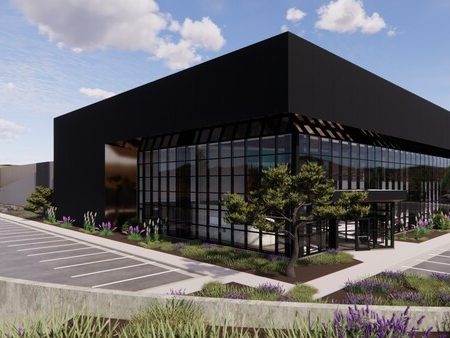
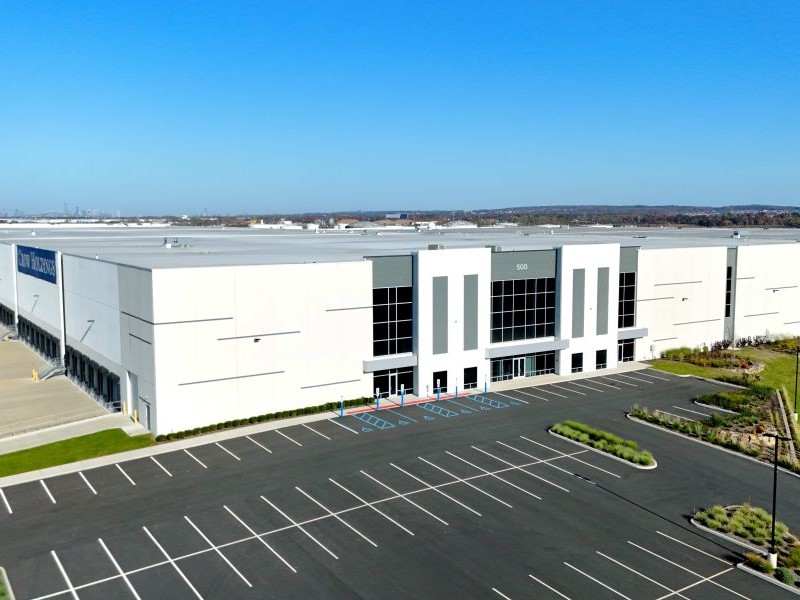
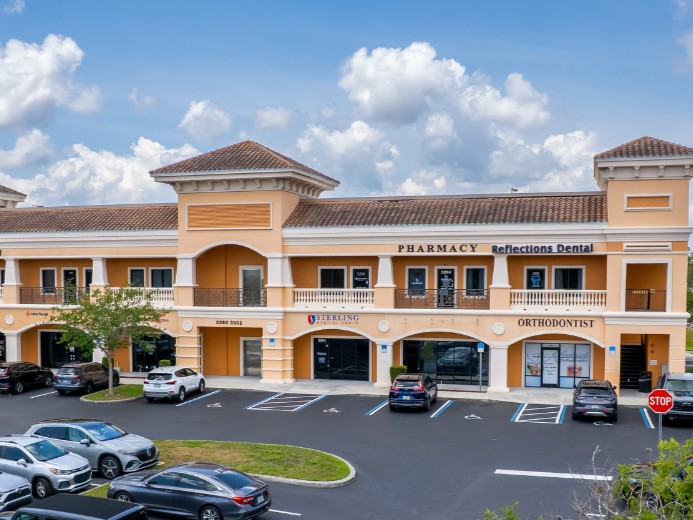
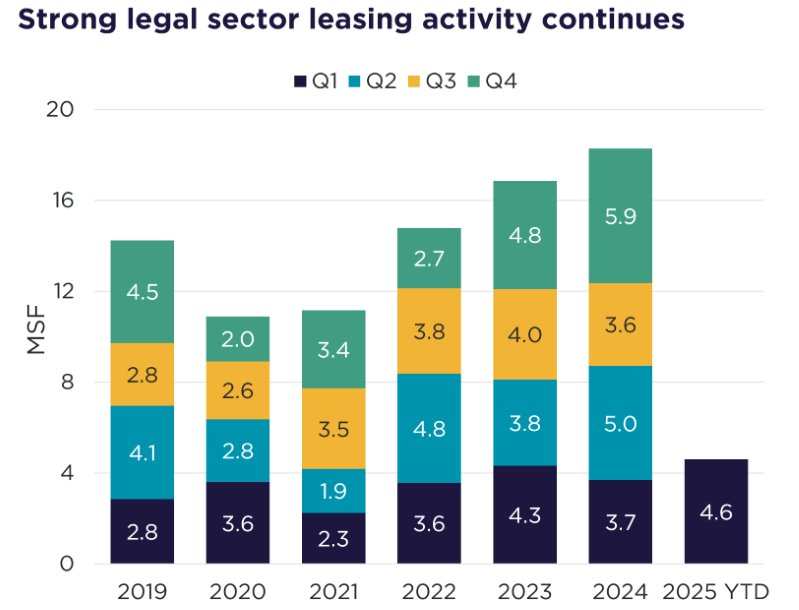
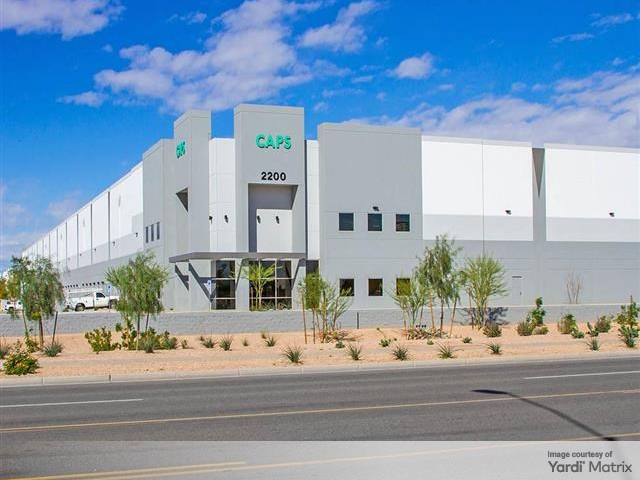
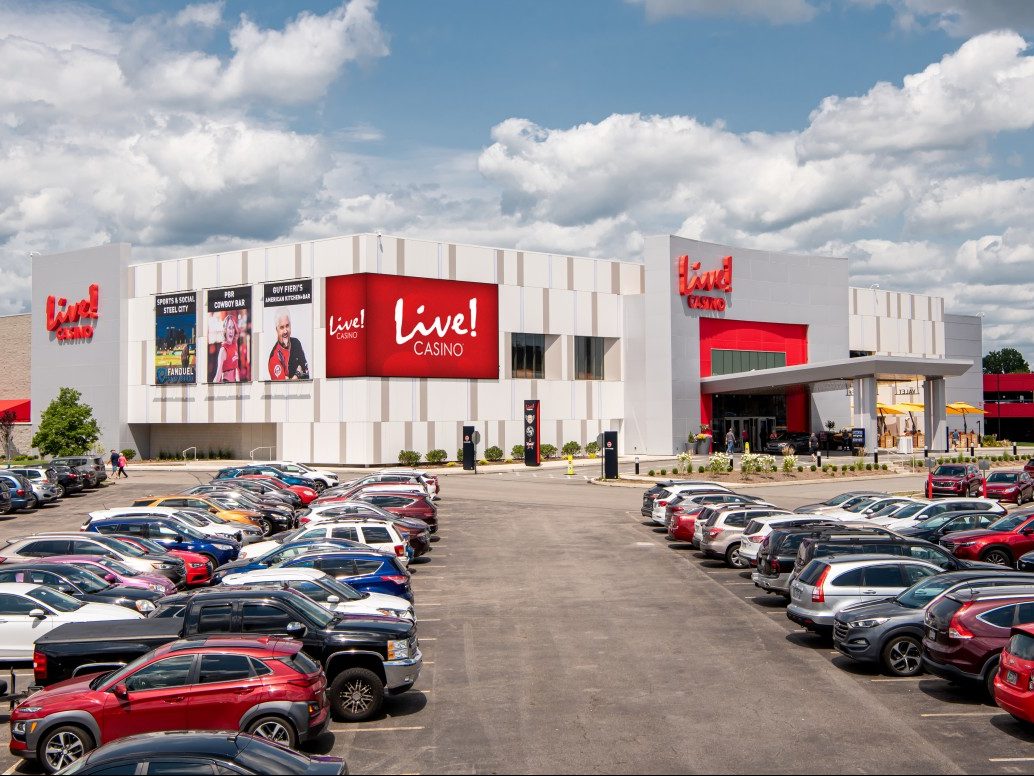
You must be logged in to post a comment.